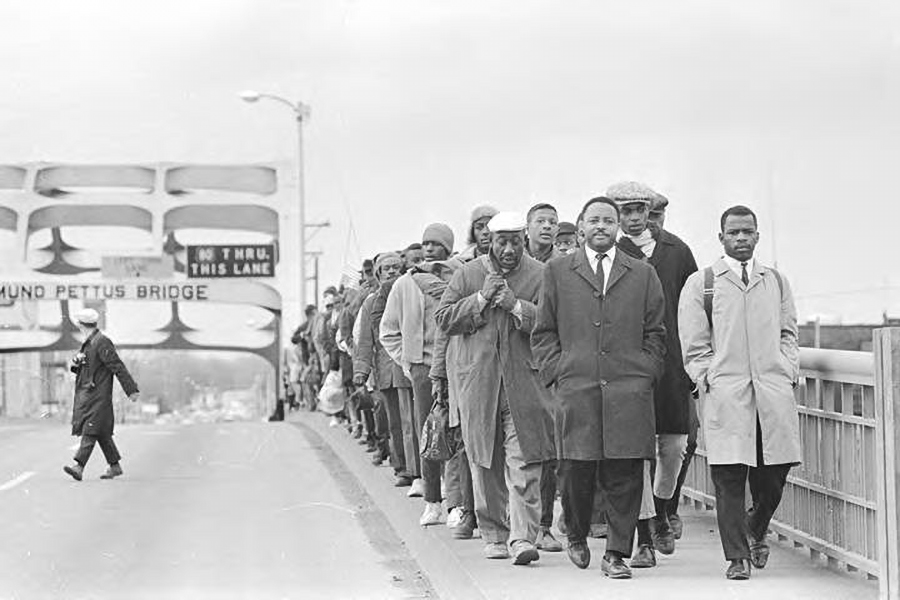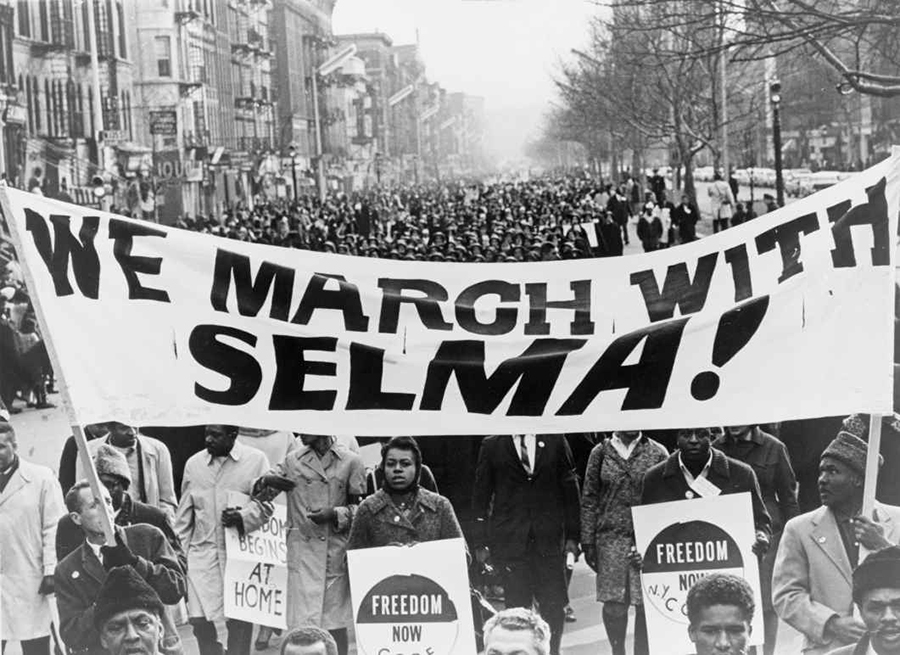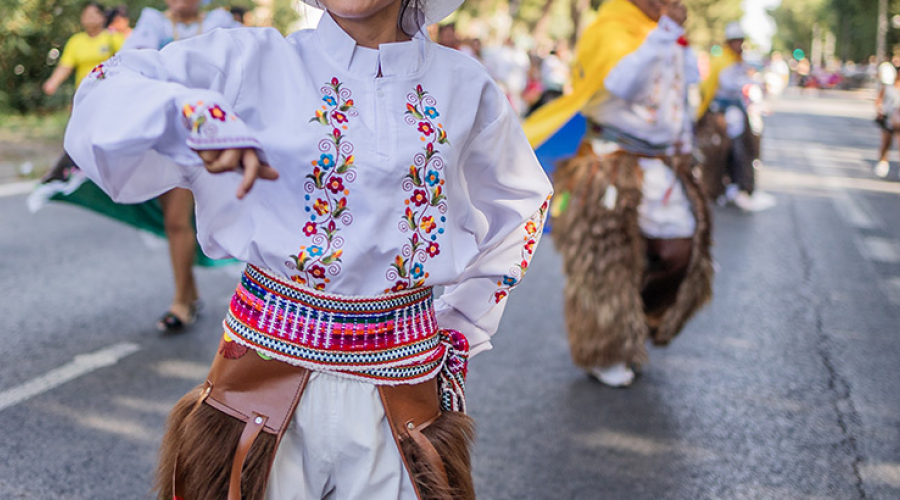The American Civil Rights Movement was a social and political movement of the 1950s and 1960s, in which activists nationwide worked towards the goal of equal rights for African Americans and the elimination of racist policies such as segregation in schools, restaurants, and other public places.
Among the most famous protests of this age was the series of three marches from Selma to Montgomery, Alabama (a distance of 54 miles), the state capital. There thousands of protestors intended to make their case directly to Governor George Wallace for equal voting rights for all races in the United States, an end to police brutality, and justice for the killing of Jimmie Lee Jackson, a young civil rights activist in Marion, Alabama, by state troopers violently breaking up the peaceful demonstration he was taking part in.

The first of these marches began on March 7, 1965, with over 600 people beginning the march from Selma, but only getting as far as the Edmund Pettus Bridge out of the city before being waylaid by state troopers and hastily deputized white agitators, who had been deployed by Wallace with orders to prevent the march by any means. Despite attempts by Hosea Williams, co-leader of the march alongside future Congressman John Lewis, to peacefully negotiate passage, the police attacked, beating and tear gassing unarmed marchers, including children, injuring and hospitalizing many.
This act of violence became known as “Bloody Sunday,” and its television coverage shocked and outraged millions of viewers across the nation, leading many to stage their own protests in solidarity. After some deliberation and a call for more participants to join, the original march’s organizers set out on a second attempt March 9, in which over 2,000 marchers, led by Dr. Martin Luther King, Jr., once again met a police blockade at the bridge, but purposefully stopped and held a prayer service before turning around, in a move that came to be called “Turnaround Tuesday.”

The fervor that the first two marches and the vicious response to them by the state had driven up had caught the attention of President Lyndon B. Johnson, who not only called for a voting rights bill to be brought before Congress but lent his support to the marchers, pushing for legal protections and calling the National Guard to escort them. The third and final march departed from Selma on March 21, and by the time the procession reached Montgomery on March 25 to petition the governor’s office, their numbers had swelled to 25,000 participants.
Though the Fifteenth Amendment to the U.S. Constitution made it illegal to deny citizens the right to vote based on racial discrimination, many states, such as Alabama, got around this by placing restrictions on voting registration and polling locations intended specifically to deny African Americans any political power. The actions of the Selma protestors led to the passage of the Voting Rights Act of 1965, August 6 of the same year: a historic law that banned these practices and more strongly enforced the rights of all citizens to a fair and free vote.
While the anniversary of the marches is not technically a holiday, it honors a major victory for civil rights in the United States: check your local history museum or library to learn more.
If you have any questions or concerns, please feel free to contact us anytime at info@gravityintprog.com. Stay safe and healthy!






